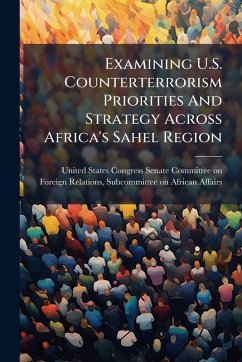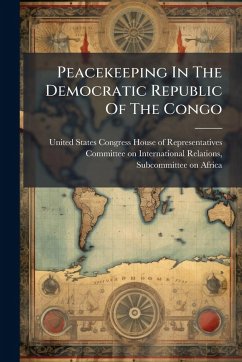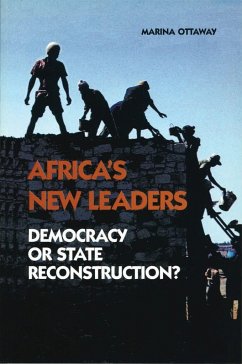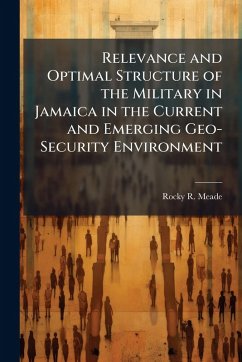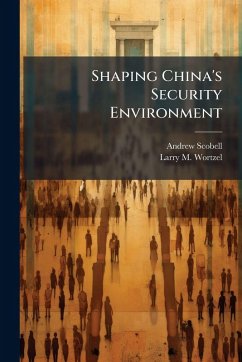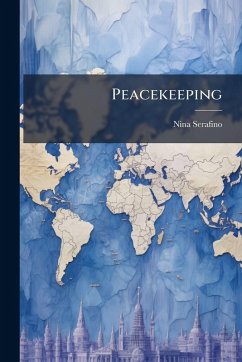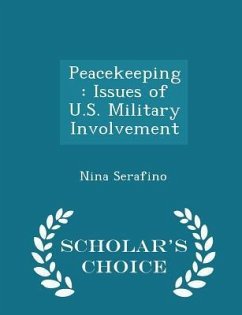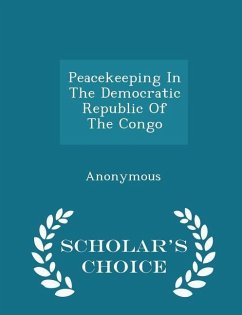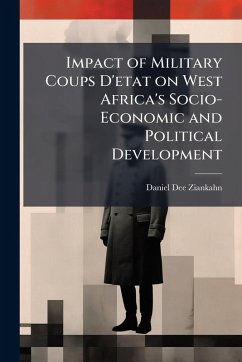
Nonmilitary Peacekeeping Tasks in Africa's Security Environment
Can the African Crisis Response Initiative Adapt?
Versandkostenfrei!
Versandfertig in über 4 Wochen
15,99 €
inkl. MwSt.

PAYBACK Punkte
8 °P sammeln!
The end of the cold war revealed a Second Tier of countries whose internal wars are the source of nearly all the violence and instability in the new international system. The result is the deployment of multidimensional peace operations around the world on a scale unimaginable before 1990. The US National Security Strategy's approach calls for fostering regional efforts to promote peace, particularly in areas where US national interests are marginal and the causes of conflict are deep rooted and complex. Such is the case in Sub-Saharan Africa, marked by as many as 20 violent conflicts raging t...
The end of the cold war revealed a Second Tier of countries whose internal wars are the source of nearly all the violence and instability in the new international system. The result is the deployment of multidimensional peace operations around the world on a scale unimaginable before 1990. The US National Security Strategy's approach calls for fostering regional efforts to promote peace, particularly in areas where US national interests are marginal and the causes of conflict are deep rooted and complex. Such is the case in Sub-Saharan Africa, marked by as many as 20 violent conflicts raging throughout this decade. According to the Institute for National Strategic Studies, it is to Africa that US forces are most often deployed operationally, albeit generally on a small scale. Consonant with the National Security Strategy's preference for regional efforts to promote peace in such environments, in September 1996 the Clinton administration proposed the African Crisis Response Initiative (ACRI) to enhance indigenous African capacity to conduct peacekeeping and humanitarian operations. This work has been selected by scholars as being culturally important, and is part of the knowledge base of civilization as we know it. This work was reproduced from the original artifact, and remains as true to the original work as possible. Therefore, you will see the original copyright references, library stamps (as most of these works have been housed in our most important libraries around the world), and other notations in the work. This work is in the public domain in the United States of America, and possibly other nations. Within the United States, you may freely copy and distribute this work, as no entity (individual or corporate) has a copyright on the body of the work. As a reproduction of a historical artifact, this work may contain missing or blurred pages, poor pictures, errant marks, etc. Scholars believe, and we concur, that this work is important enough to be preserved, reproduced, and made generally available to the public. We appreciate your support of the preservation process, and thank you for being an important part of keeping this knowledge alive and relevant.



